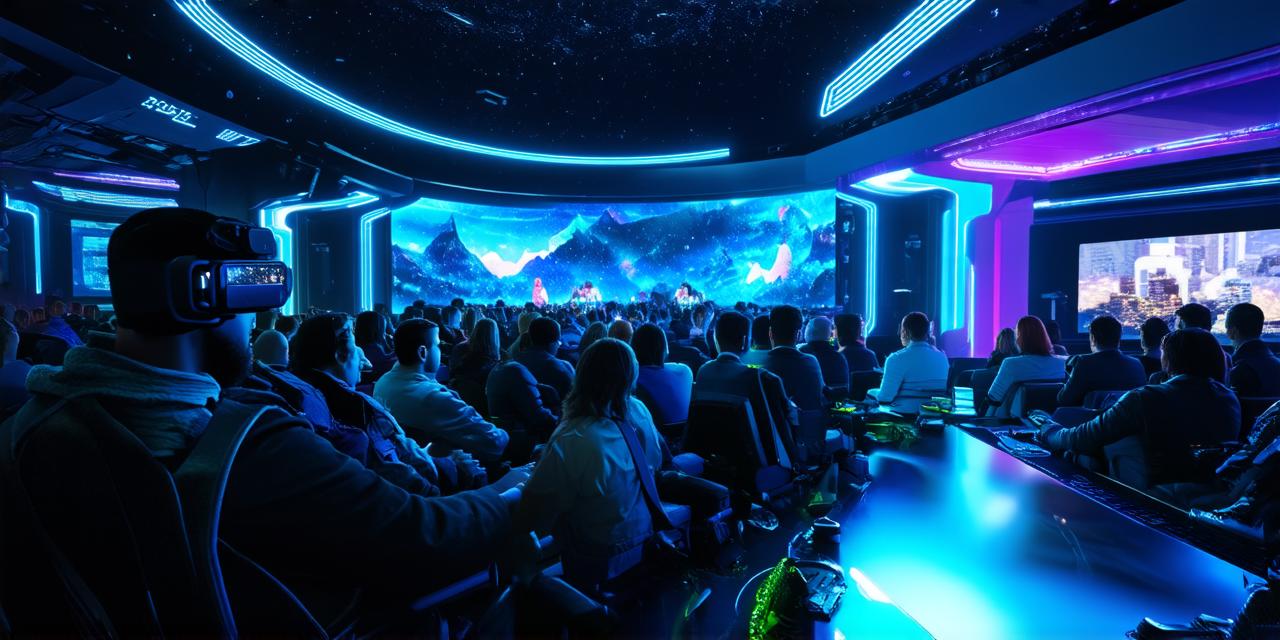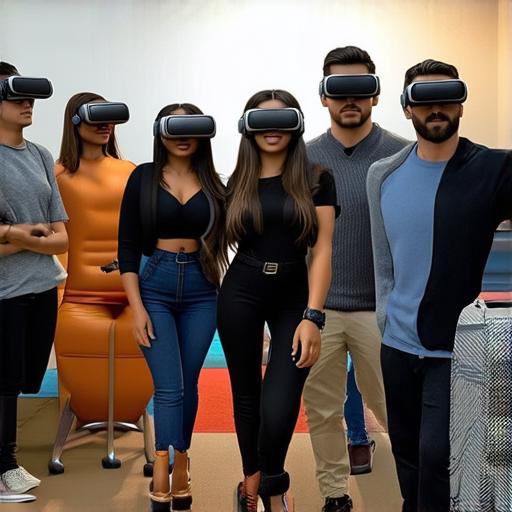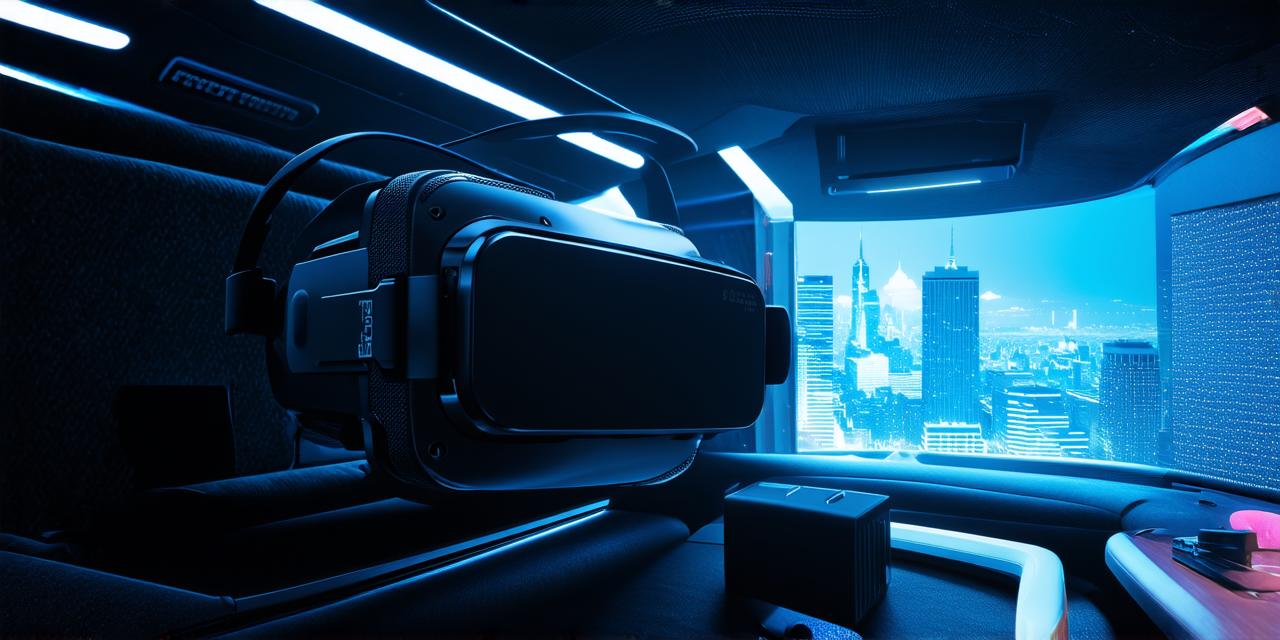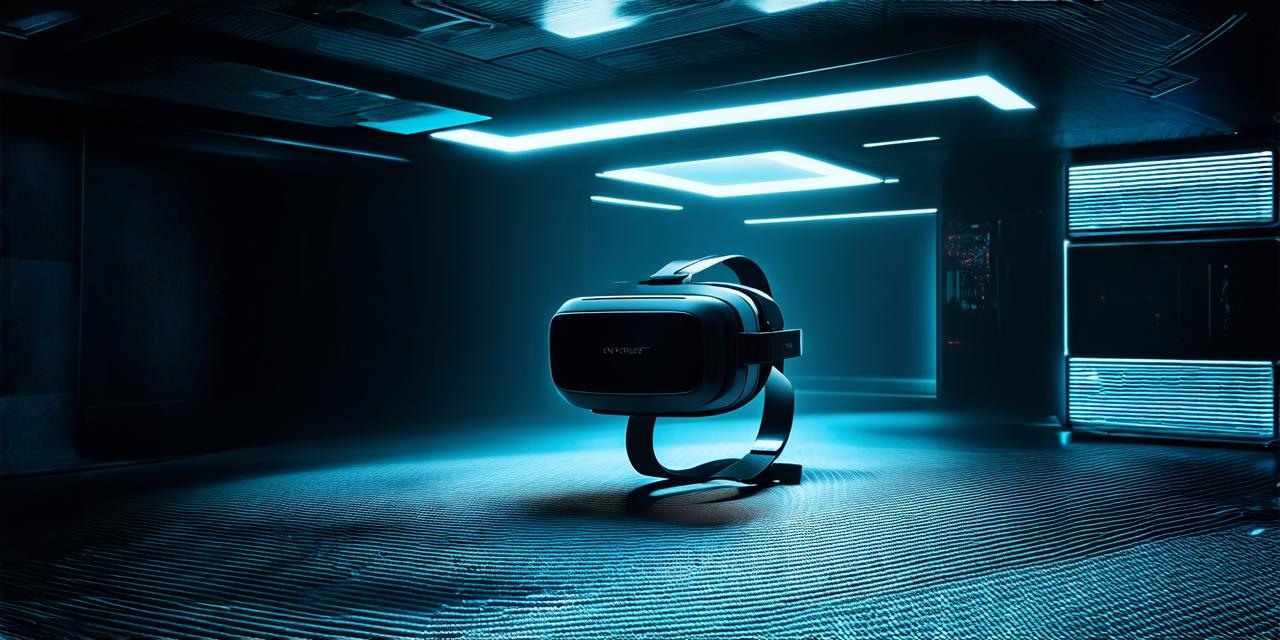
Who is the audience for VR?
Virtual Reality (VR) technology has been advancing rapidly in recent years and is gaining popularity across various industries. However, it is important to understand who the target audience for VR is and how it can benefit them. In this article, we will explore the different groups of people who are most likely to use VR and the types of experiences that they would find most valuable.
Table of Contents
ToggleGaming Community
The gaming community is perhaps the most well-known group of people using VR. With immersive and interactive environments, VR offers a whole new level of gaming experience. It allows players to feel as if they are part of the game world and can interact with it in ways that were previously impossible. This creates an engaging and exciting experience for gamers and has been a major driving force behind the growth of the VR industry.
Education and Training
Another group of people who have been adopting VR technology are educators and trainers. VR provides a unique opportunity to create realistic simulations that can be used to teach students and professionals about various subjects and skills. For example, medical students can practice surgeries in a virtual environment, while pilots can train for real-life flight scenarios in a simulated cockpit. This allows people to learn in a safe and controlled environment, without the risk of injury or damage to equipment.
Tourism and Hospitality
The tourism and hospitality industry is also starting to see the benefits of VR technology. With VR, people can take virtual tours of hotels, resorts, and other destinations around the world. This allows them to experience different cultures and attractions without having to physically travel to these places. Additionally, VR can be used to create immersive experiences that can enhance the overall customer experience in hotels and restaurants.
Architecture and Design
Architects and designers are another group of people who have been using VR technology. With VR, they can create realistic simulations of their designs and test them in virtual environments. This allows them to make adjustments and improvements before constructing the actual building or structure. Additionally, VR can be used to visualize complex projects that would otherwise be difficult to convey to clients or stakeholders.
Business and Training
Businesses are also starting to adopt VR technology for training and simulation purposes. With VR, employees can practice customer service interactions, leadership skills, and other important business functions in a safe and controlled environment. This allows companies to improve their workforce’s performance and productivity, while reducing the risk of injury or damage to equipment.
Conclusion
In conclusion, VR technology is rapidly gaining popularity across various industries and sectors. The target audience for VR includes gamers, educators and trainers, tourism and hospitality professionals, architects and designers, and businesses. Each of these groups can benefit from the immersive and interactive experiences that VR provides, whether it’s learning new skills, testing designs, or simulating real-life scenarios. As the technology continues to evolve, we can expect to see even more innovative uses for VR in the future.


